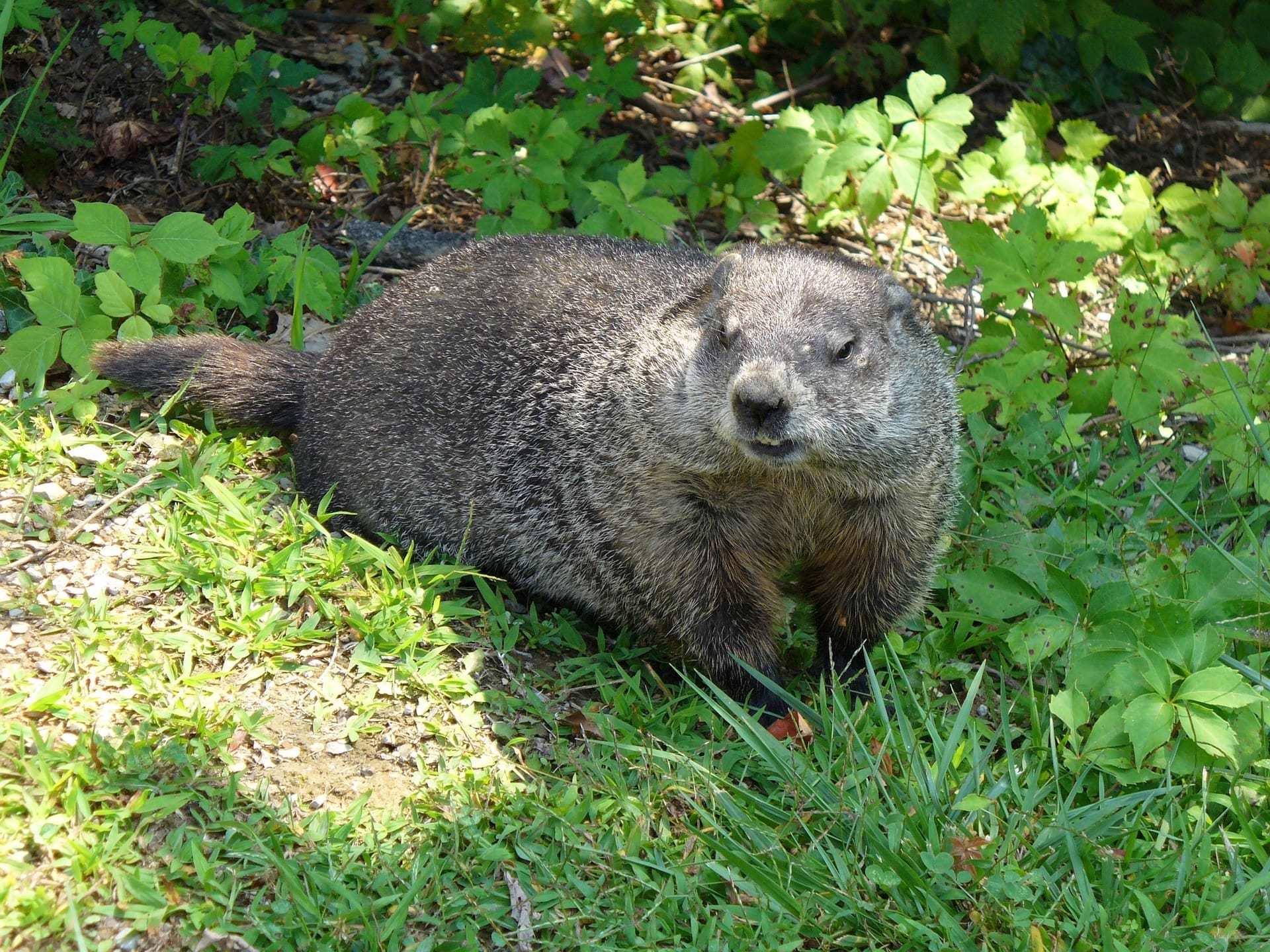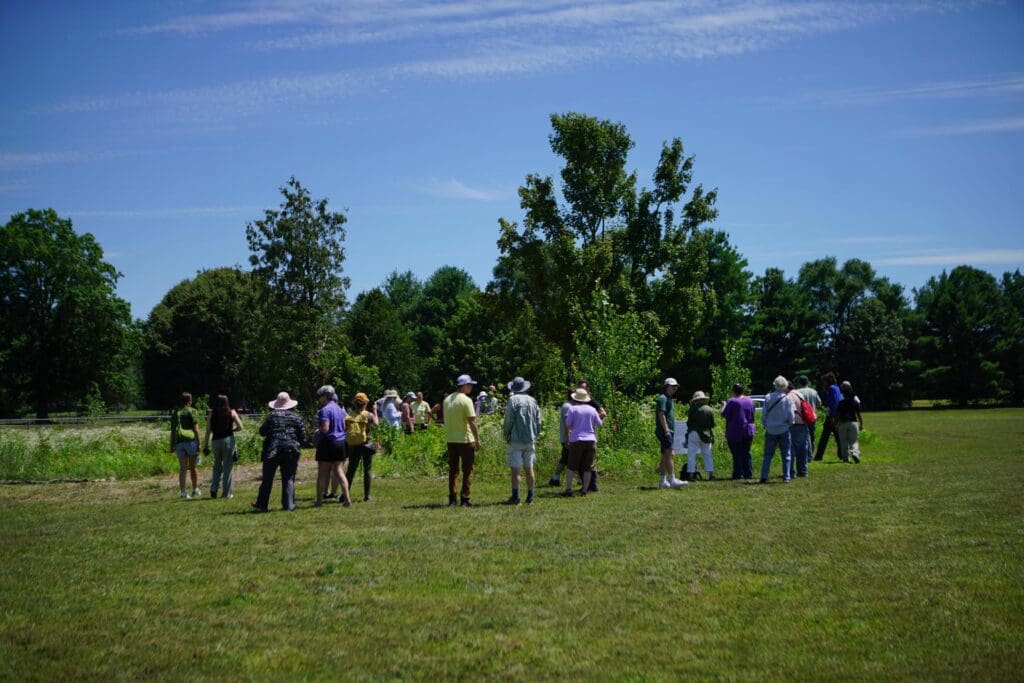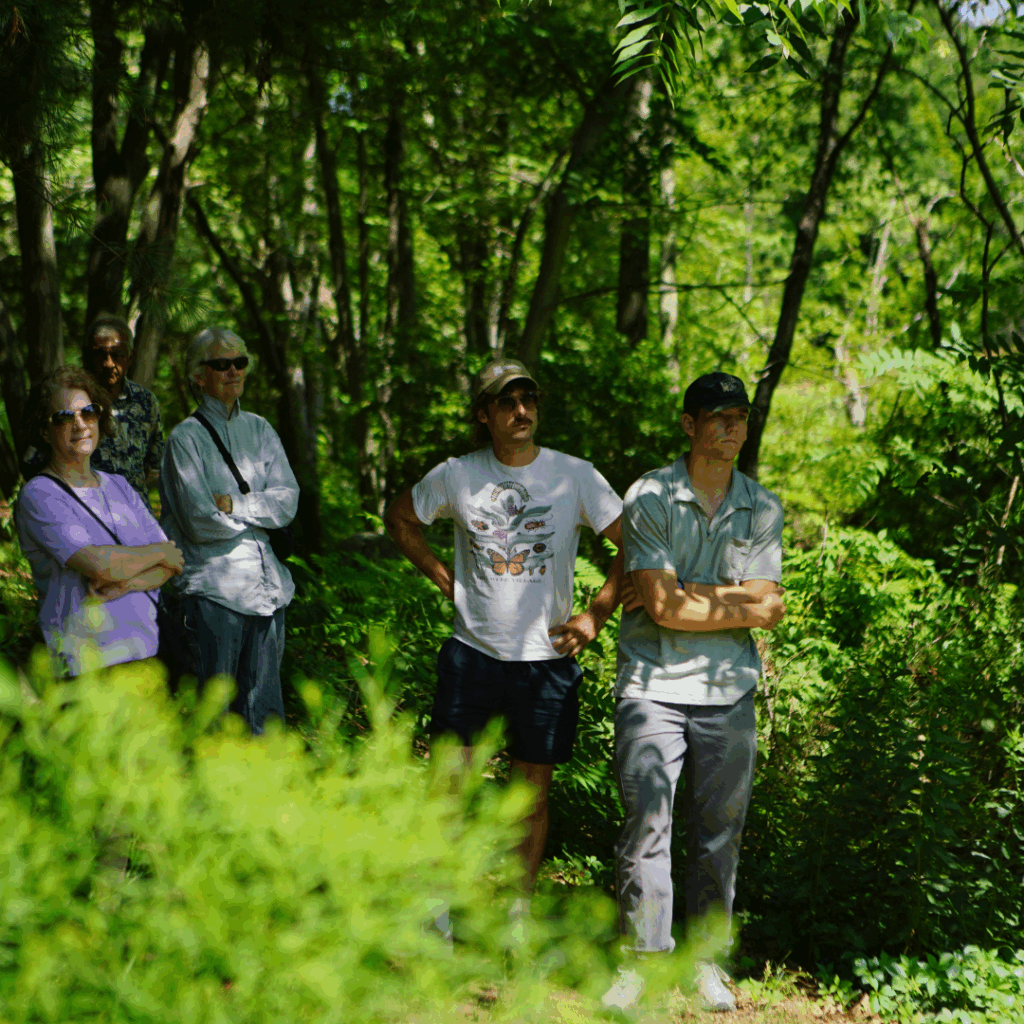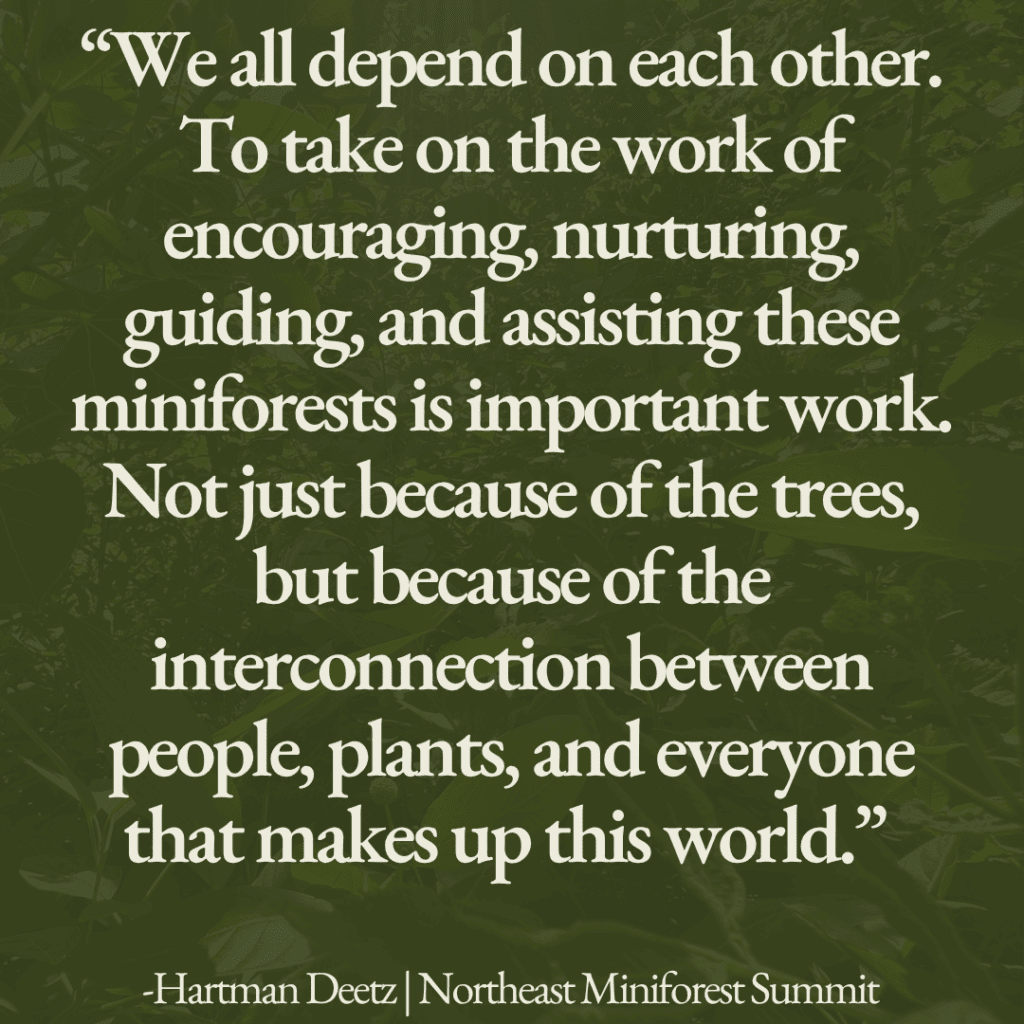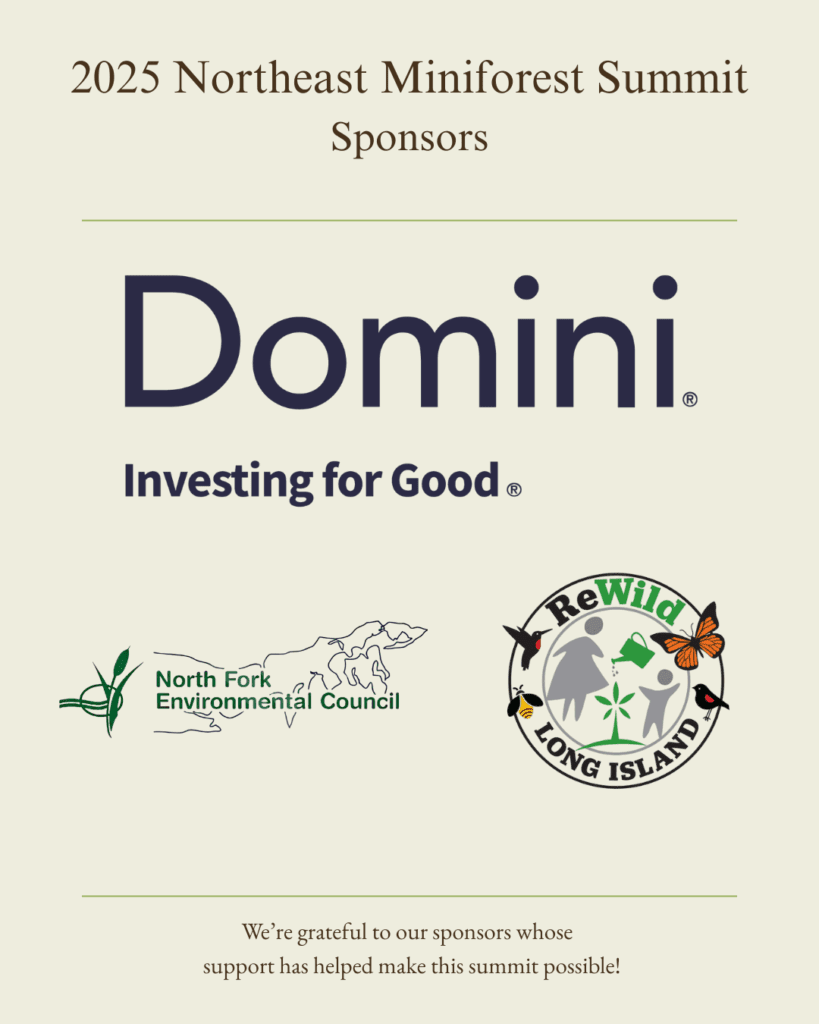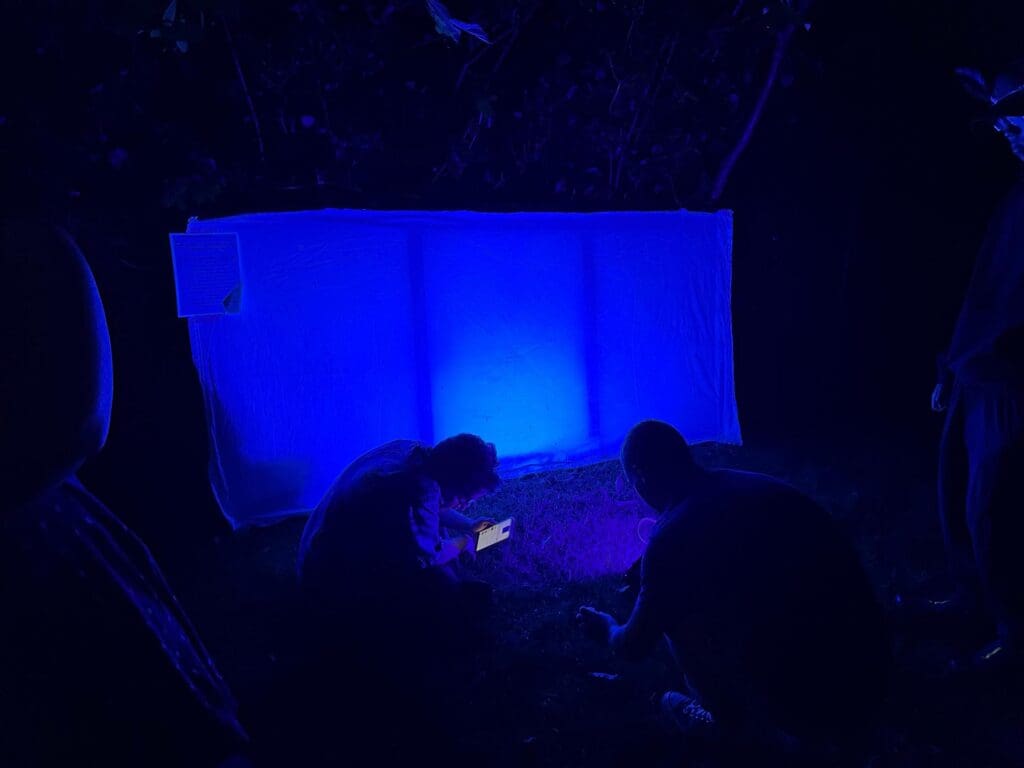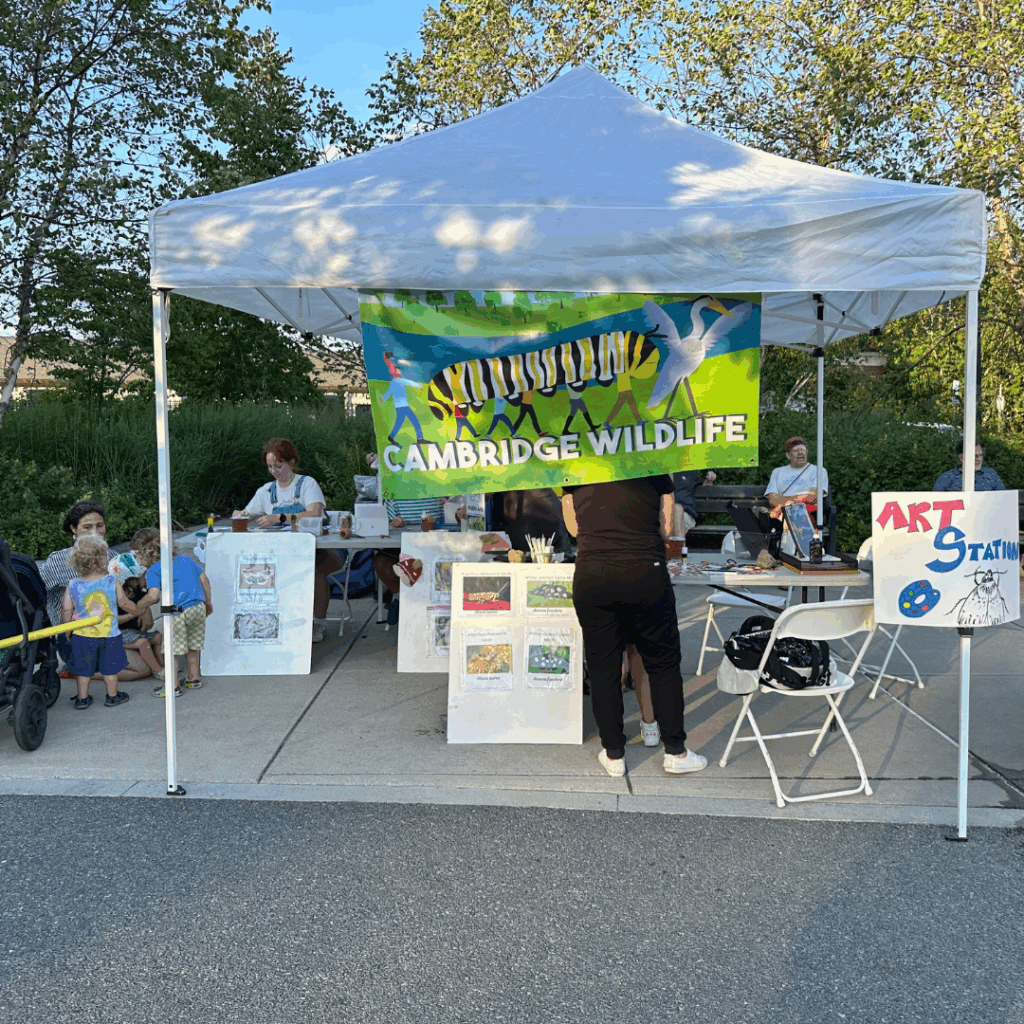What cute creature is an underground architect and an amateur meteorologist?
The Groundhog!
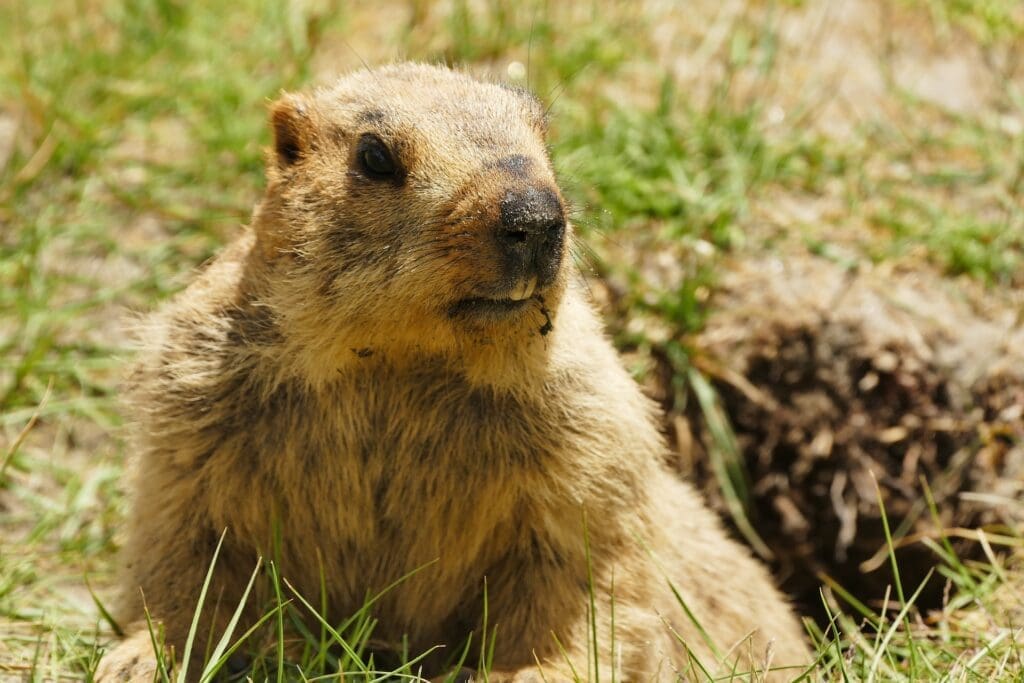
Groundhogs are famous rodents who enjoy the spotlight in early February, when people in the US and Canada celebrate Groundhog Day. These critters also go by woodchuck, whistle-pig, wood-shock, whistler, marmot, thickwood badger, red monk, land beaver, weenusk, monax, and groundpig.
Beyond their supposed (and generally debunked) prowess at predicting seasonal changes, these cuddly creatures exhibit a fascinating blend of behaviors and ecological significance. Groundhogs belong to the squirrel family as one of the 14 species of marmots, which are also aptly known as ground squirrels. Indeed, groundhogs’ fifteen minutes of fame, and their lives outside of it, are shaped by their burrowing talent and how that ties into their seasonal habits.
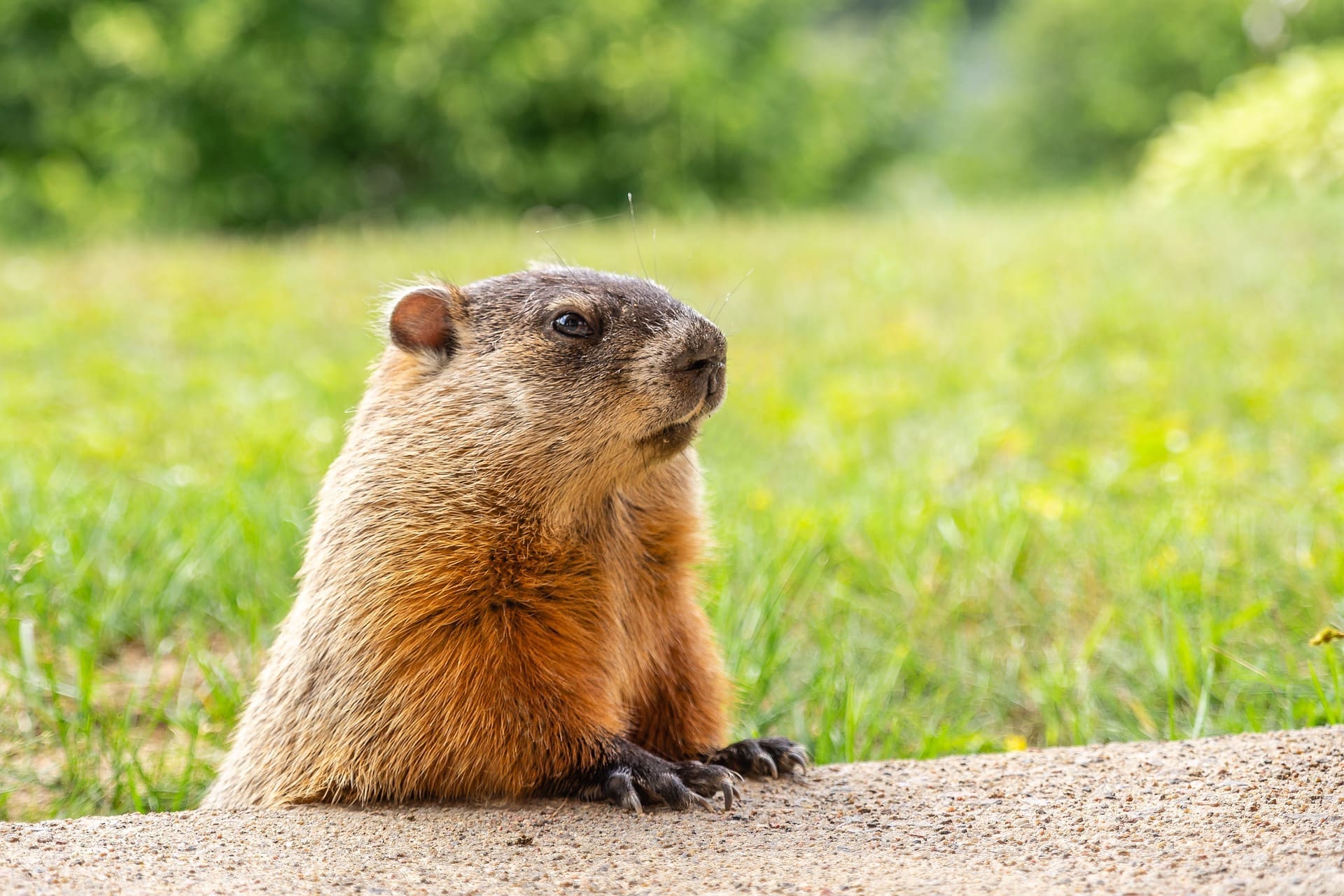
Life Underground
A defining characteristic of groundhogs is their habit of hibernating through the winter months. They spend the warmer seasons gorging themselves on vegetation, accumulating ample fat reserves to sustain them through the winter slumber. During hibernation, their heart rate drops and their body temperature lowers, enabling them to conserve energy in their underground burrows.
Burrowing is a hallmark behavior of groundhogs, with complex, multi-chambered burrows extending up to a total of 65 feet in length. These subterranean dwellings serve as multi-functional spaces where groundhogs sleep, raise their offspring, and even excrete waste in specific, separate tunnels. Intriguingly, the burrows also provide refuge for other wildlife species, which helps support the overall biodiversity of their habitats. Much like the dens of the related prairie dog, these burrows can shelter other species in times of need, offering a place of refuge during fires or cold snaps, or simply a home base to hide out from the usual predators.
Cultural and Ecological Connections
Groundhog Day, celebrated on February 2nd each year, has captured the imagination of people across the United States and Canada. According to tradition, if a groundhog emerges from its burrow and sees its shadow, there will be six more weeks of winter, and if it doesn’t see its shadow (which happened this year), spring will come early. However, a study conducted in 2021 surveying years of predictions and seasonal records revealed that groundhogs’ predictions seem to be pure chance, with accuracy rates hovering around 50 percent.
Despite their failed reputation as predictors of seasonal changes, groundhogs excel in other aspects of survival. They are skilled foragers, feeding on a variety of vegetation, including leaves, flowers, and field crops. Their burrowing activities also play a crucial role in mixing and aerating the soil, a process which enhances nutrient absorption essential for plant growth.
While groundhogs are classified as species of least concern on the International Union for Conservation of Nature (IUCN) Red List, they face challenges in areas where they are overly abundant. Considered pests by some due to their burrowing activities, groundhogs occasionally come into conflict with humans, particularly farmers who may experience damage to gardens and crops.
Groundhogs are integral components of their ecosystems, providing shelter for various wildlife species and contributing to soil health through their burrowing activities. While adults are known to defend themselves fiercely against predators using their powerful claws and teeth, young groundhogs are more vulnerable to predation, particularly from birds of prey like hawks and other raptors.
Check out this short and sweet video from the Missouri Department of Conservation on Groundhogs:
Let us honor Groundhog Day as a reminder to be attentive to the organisms and ecosystems around us. The more we learn from one another, the better we can participate in the complex web of life in which we all play a role.
Burrowing away now,
Maya

Maya Dutta is an environmental advocate and ecosystem restorer working to spread understanding on the key role of biodiversity in shaping the climate and the water, carbon, nutrient and energy cycles we rely on. She is passionate about climate change adaptation and mitigation and the ways that community-led ecosystem restoration can fight global climate change while improving the livelihood and equity of human communities. Having grown up in New York City and lived in cities all her life, Maya is interested in creating more natural infrastructure, biodiversity, and access to nature and ecological connection in urban areas.
Sources and Further Reading:
https://www.nationalgeographic.com/animals/mammals/facts/groundhog?loggedin=true&rnd=1706906040576
https://carnegiemnh.org/groundhog-architecture/
https://mdc.mo.gov/discover-nature/field-guide/woodchuck-groundhog
https://www.britannica.com/animal/groundhog
https://thehill.com/changing-america/enrichment/arts-culture/3840820-the-history-of-groundhog-day-is-more-complex-than-you-may-think/


